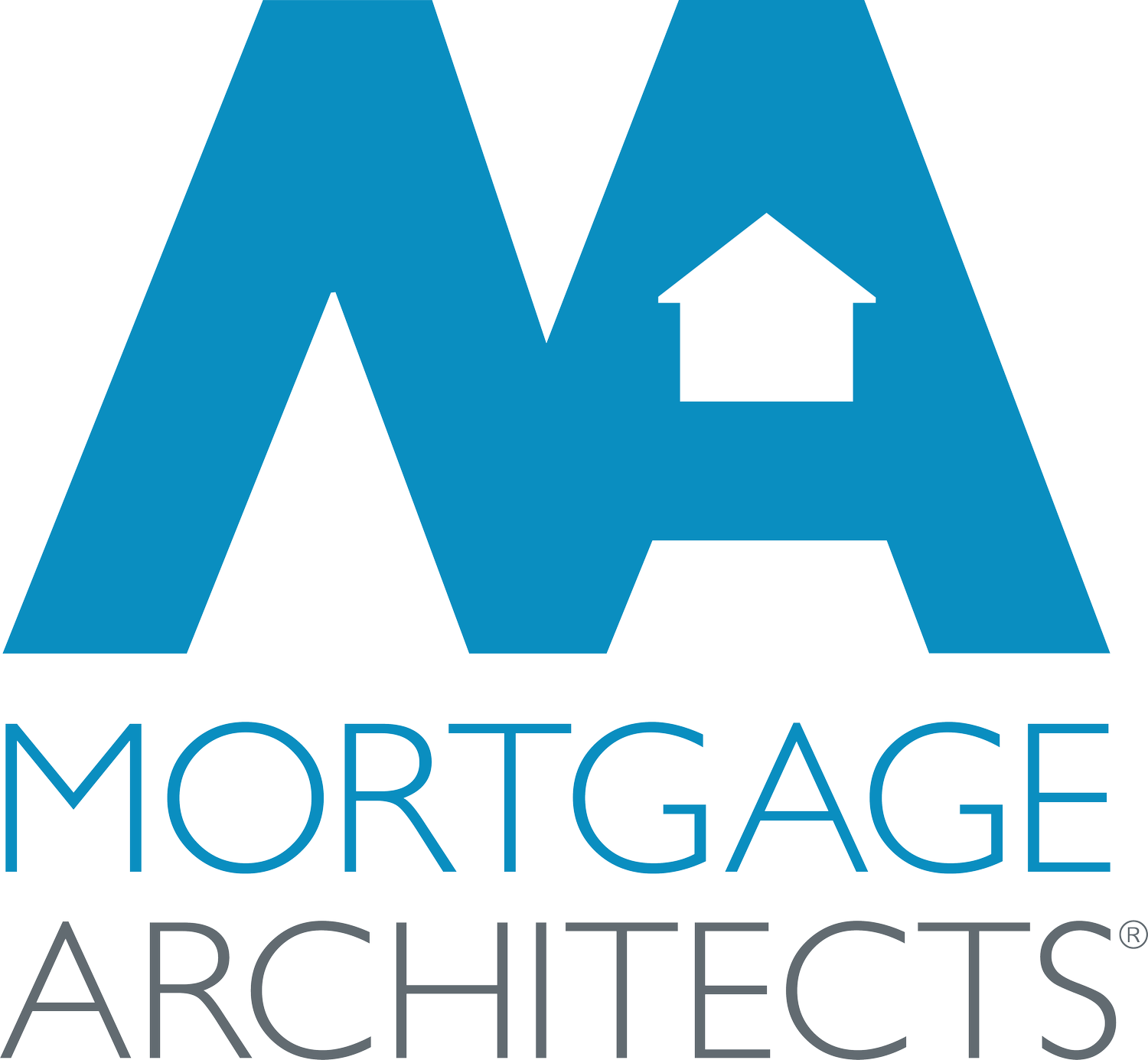Choosing the Right Mortgage: There’s More to It Than Just the Rate
When people start talking mortgages, the conversation almost always circles back to one thing: rates.
And yes, rates matter. They affect your payment, your qualification, and your overall borrowing cost.
But here is the truth I share with clients every single day:
👉 The rate is only one piece of the puzzle.
👉 Choosing the wrong mortgage, even at a great rate, can cost you far more in the long run.
Whether you are buying your first home, refinancing, or planning ahead, here are a few equally important things to look for when comparing mortgage options.

